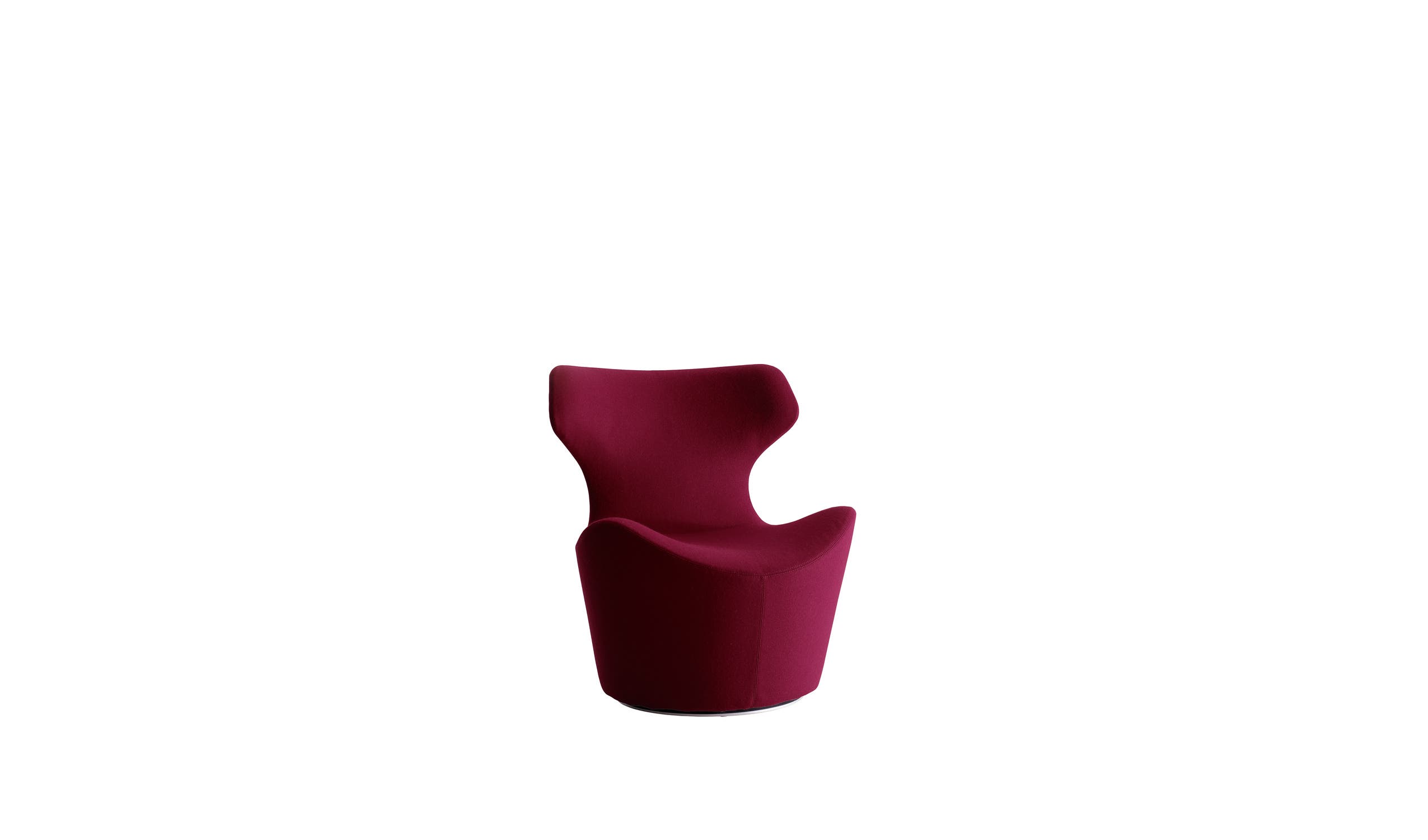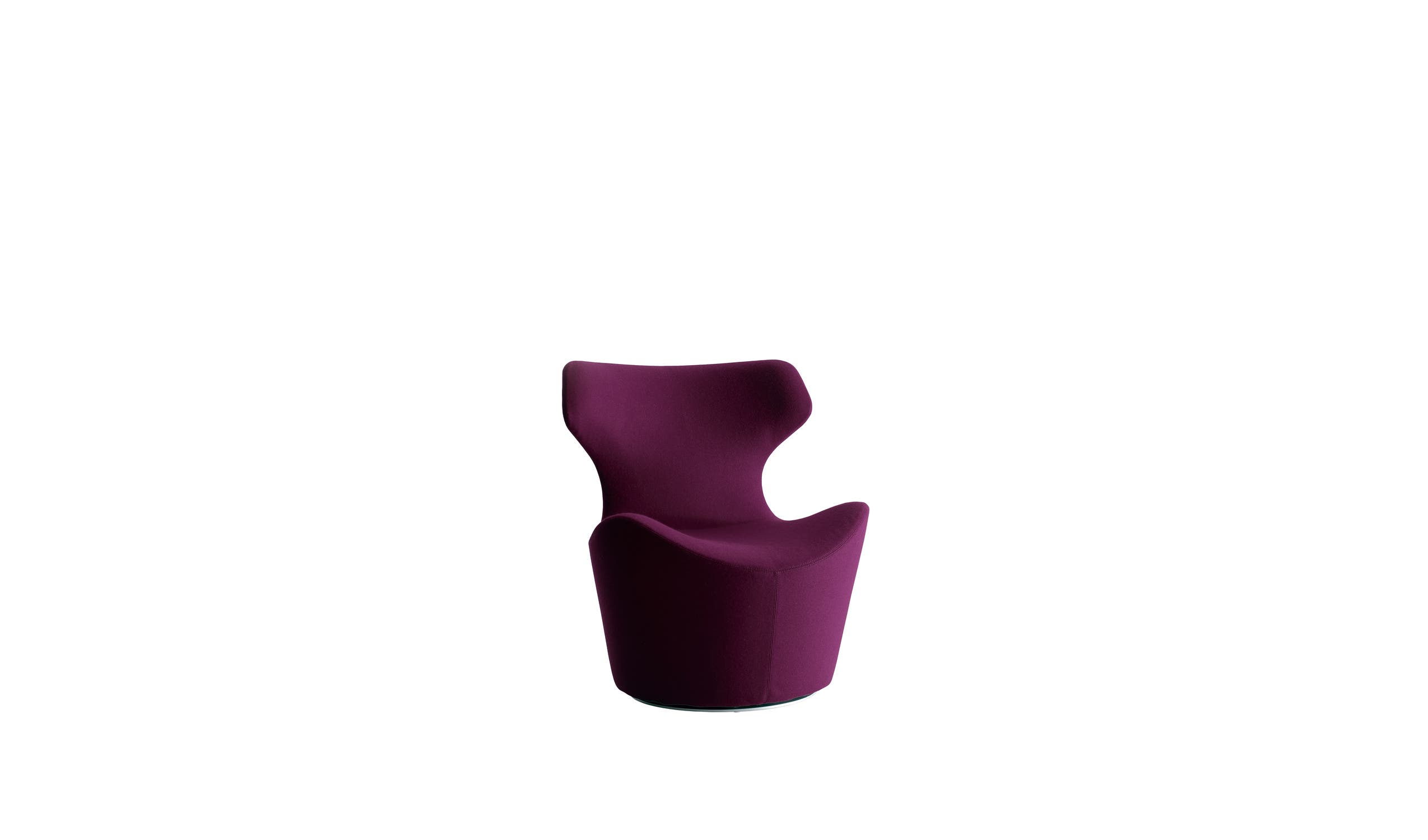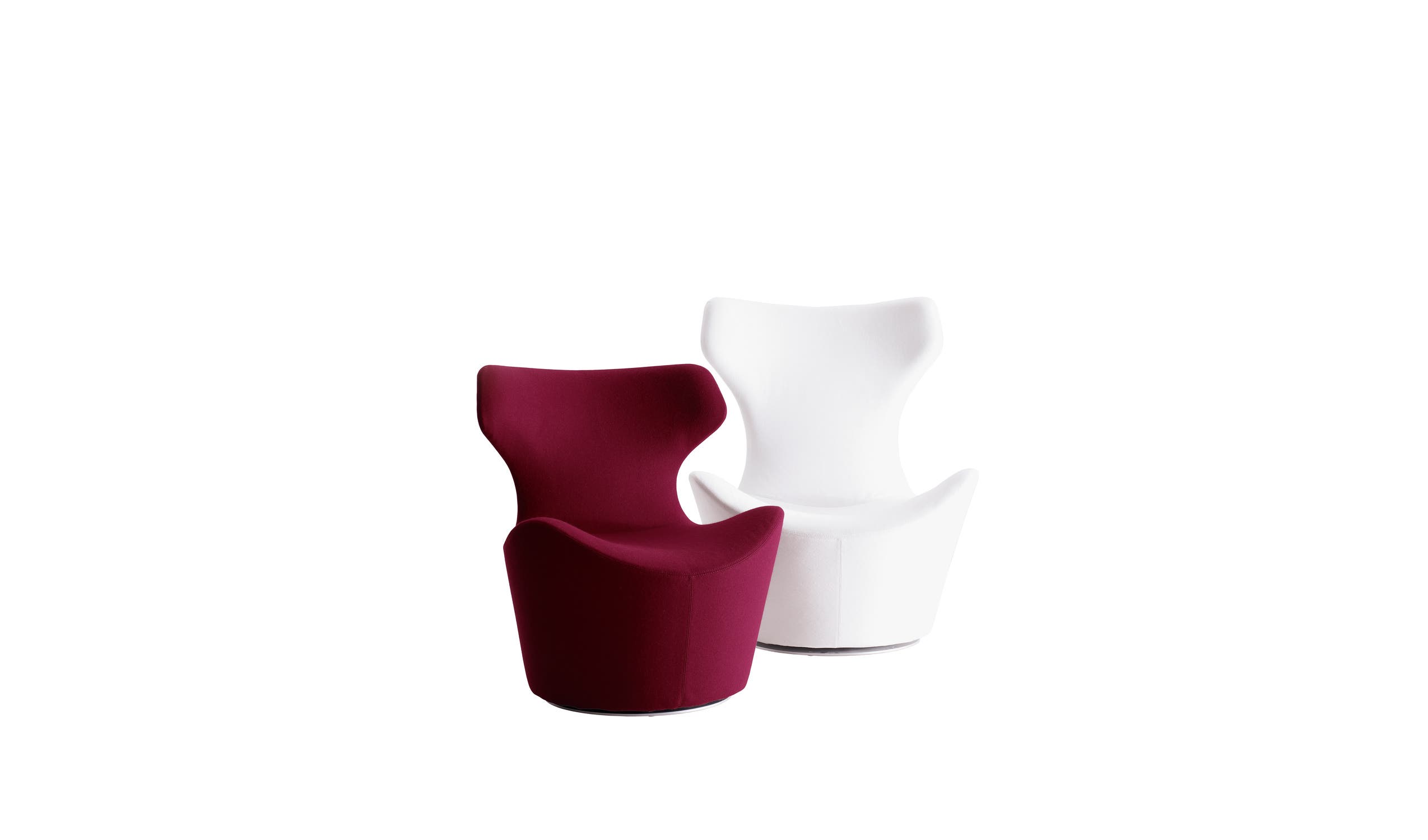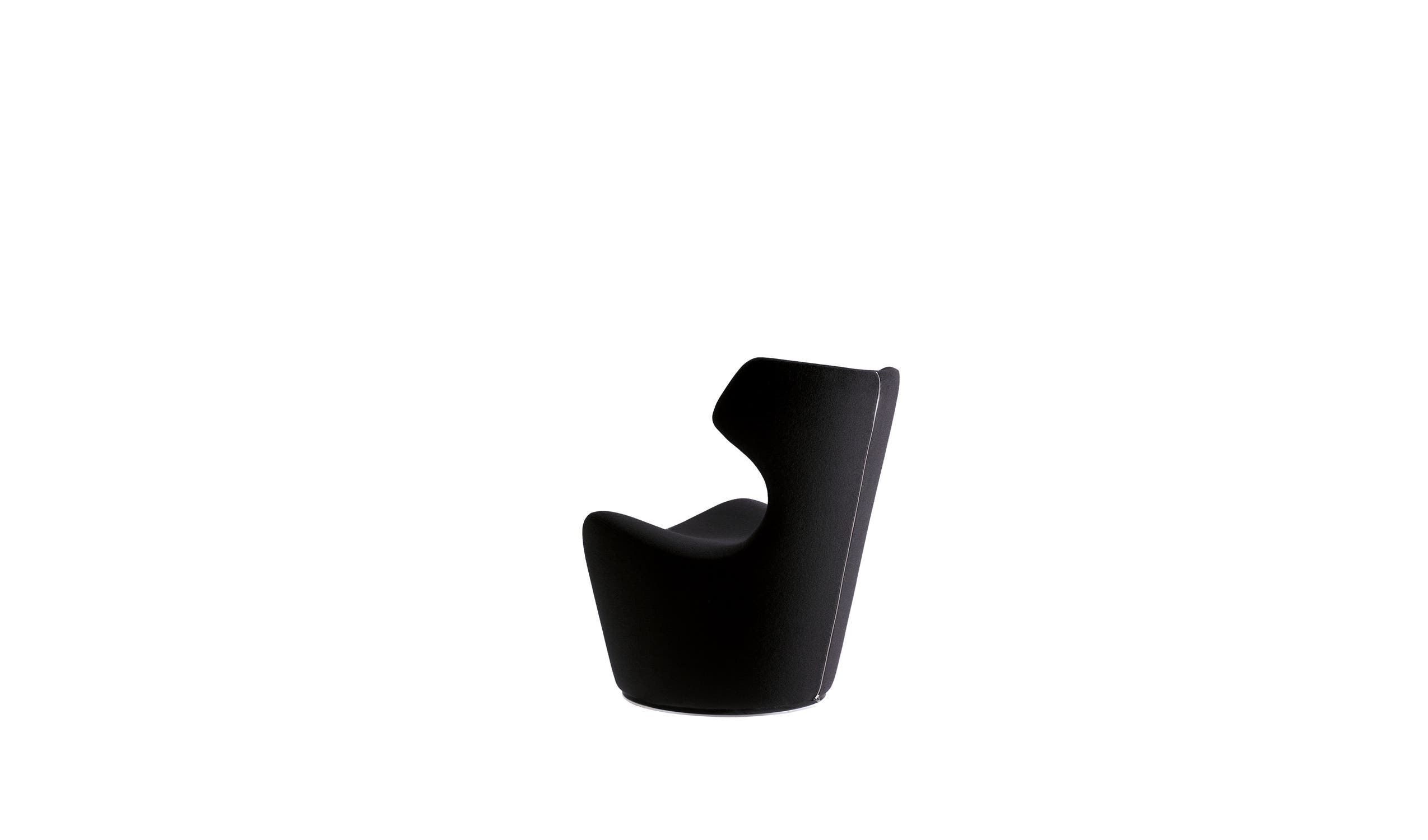Where can I find the list of stores?
The complete list of Stores and authorized dealers is available in the ‘Store Locator’ section of our website. Store Locator
It is also possible to shop online on B&B Italia's e-commerce platform. Purchase from the online store is limited to certain states. B&B Italia's e-commerce platform
Can I buy directly from the factory?
Our products are distributed exclusively through our Stores and authorized dealers, listed in the ‘Store Locator’ section of our website
link > Store Locator
How can I receive the printed catalogue?
To request a catalogue, please write at info@bebitalia.com with your details, postal address along with telephone number.
Where can I browse and download the online catalogues?
By which Store of authorized dealer can I see/try a product I am interested in?
For information on the products on display by our Stores and authorized dealers, please contact us at info@bebitalia.com – Tel +39 031 795213 (toll-free number when calling from Italy 800 018 370)
Where can I find fabric washing instructions and maintenance/cleaning indication for leather and finishes?
FABRICS
For upholstered products, along with the element is delivered the sample of the fabric in which the product is realized with indication of the washing instructions.
If you do not have the datasheet, please write at info@bebitalia.com specifying the name and/or code of the fabric – If you do not know the fabric details, dry cleaning is always recommended.
LEATHERS
Together with the product, we provide a technical datasheet where are indicated specific leather maintenance instructions.
From our Stores and authorized dealers, it is possible to order our dedicated kit for leather maintenance and cleaning.
FINISHES
Together with the product, we provide a technical datasheet where are indicated specific material maintenance/cleaning instructions.
Is it possible to re-cover a product or to purchase a new cover?
Visit one of our Stores or authorized dealers with the name of the model, the item code and copy of the Product Datasheet-Guarantee where is indicated the product test code (last page of the document) to check the possibility of recovering the product or the feasibility of new covers.
How can I obtain support to solve a problem concerning my product?
We provide after-sale support exclusively through our Stores and authorized dealers.
To request assistance, please write at info@bebitalia.com providing the model, the item code, some pictures of the product, description of the required support, the name of the dealer where the product was purchased and written consent (for Privacy Policy) to forward the request to our dealer.
Where can I buy a spare part for my product?
Please refer to one of our Stores or authorized dealers for support, providing the name of the model, the item code and copy of the Product Datasheet-Guarantee where is indicated the product test code (last page of the document). In absence of the Product Datasheet-Guarantee, some pictures of the product would be helpful.
Who should I contact to ask for retail prices?
We do not provide information on retail prices. Price details can be obtained exclusively from our Stores and authorized dealers.
Can I receive a price list ?
Price lists are a sales instrument used and previewed exclusively for our Stores and authorized dealers.
Can I ask for changes to be made to a product/model I am interested in?
Contact one of our Stores or authorized dealers, specifying the name of the product, the item code and description of the required customization, to check the feasibility with our company
Is it possible to know the delivery time of a product or order placed through a Store or authorized dealer?
Information related to the delivery time of a product or order can only be obtained from the Store or authorized dealer through which the order was placed
Can I receive a quotation for a complete furniture project/design?
To define the project, please write at info@bebitalia.com with the following information:
- name and location of the project
- name of the architect/studio working on the project/who is specifying the products
- list of required products along with quantities
- use and precise destination of the goods
- requested delivery times
- where/to who products should be invoiced in case of order
Is it possible to receive 2D/3D files of products?
2D/3D files are available in our website in the ‘Dimensions and Compositions’ section of each product page
Is it possible to obtain information on the fabrics/leathers and finishes of products published on catalogues/magazines or posted on social channels?
Please write at info@bebitalia.com enclosing the product image; we will contact you with the requested information.
How can I send a direct cooperation request?
Please write your request at info@bebitalia.com, enclosing your company profile, website and the list of brands you deal with in order to submit the request to the area manager in charge.
How can I get press information?








